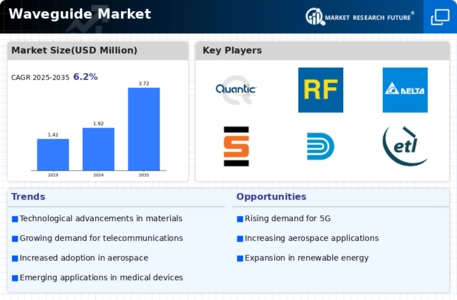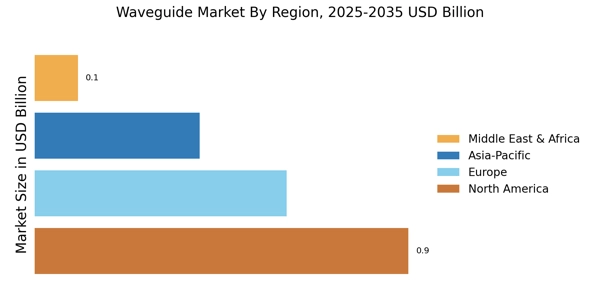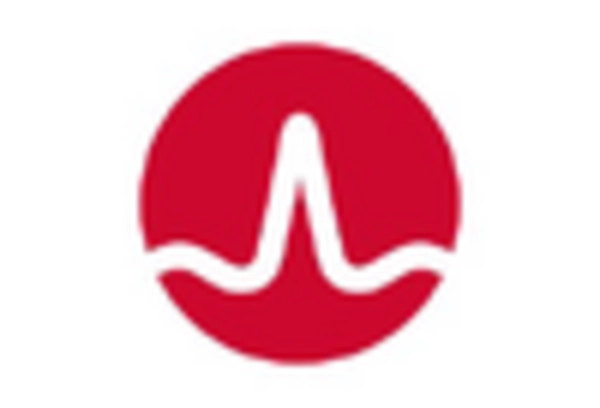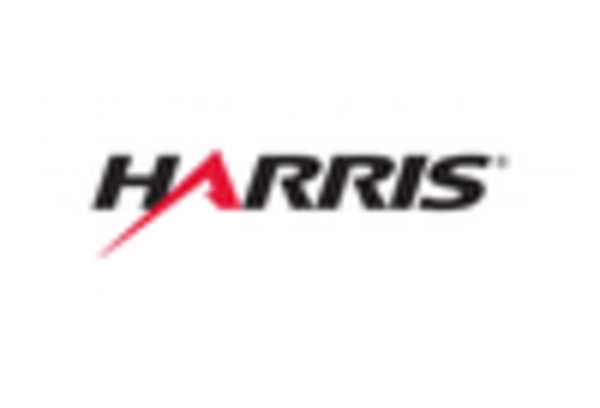Leading market players are investing heavily in research and development in order to expand their product lines, which will help the Waveguide Market, grow even more. Market participants are also undertaking a variety of strategic activities to expand their global footprint, with important market developments including new product launches, contractual agreements, mergers and acquisitions, higher investments, and collaboration with other organizations. To expand and survive in a more competitive and rising market climate, Waveguide Market End User must offer cost-effective items.
Manufacturing locally to minimize operational costs is one of the key business tactics used by manufacturers in the global Waveguide Market End User to benefit clients and increase the market sector. In recent years, the Waveguide Market End User has offered some of the most significant advantages to medicine. Major players in the Waveguide Market, including Penn Engineering Components, Jupiter Microwave Components Inc., Quantic Electronics, Amphenol RF, Delta Electronics, Inc., Samtec, Cobham Advanced Electronic Solutions, Ducommun Incorporated, ETL Systems Ltd., Smiths Interconnect, DigiLens Inc., and Flann Microwave Ltd., are attempting to increase market demand by investing in research and development operations.
High energy density capacitors are produced by Quantic Electronics for difficult defence and aerospace applications. The business provides the industry's leading power-dense capacitor technology and is frequently specified for defence, aerospace, and energy exploration applications where high reliability and SWaP (space, weight, and power) savings are critical design considerations, providing a solution for uses such as downhole drilling, radar, laser, and amplifier. Quantic Electronics announced the acquisition of Corry Micronics in March 2021.
Diplexers, RF (Radio Frequency)/microwave filters, low-noise amplifiers, multiplexers, RF switches, power amplifiers, waveguide components, power dividers, couplers, and programmable RF switch matrices were among the products offered by Corry Micronics.
Manufacturer and distributor of ceramics, speciality glasses, and related products, Corning Inc. The company sells ceramic substrates and filters for automotive and diesel applications, glass and plastic labware, serum, and equipment for drug discovery, as well as glass and plastic substrates that are used in LCD televisions, notebook computers, flat panel desktop monitors, and laptops. For the semiconductor, consumer electronics, aerospace and defence, optical, and telecommunications businesses, it also produces advanced optics and speciality glasses. The corporation conducts business in the Middle East, Africa, Europe, the Americas, and Asia-Pacific.
U.S. company Corning has its headquarters in Corning, New York. electronics company Corning Incorporated (US) introduced the new 2.0 high-index glass composition in February 2022 to enhance the growth of mixed and augmented reality (AR/MR) diffractive waveguides for wearable electronics.

















Leave a Comment